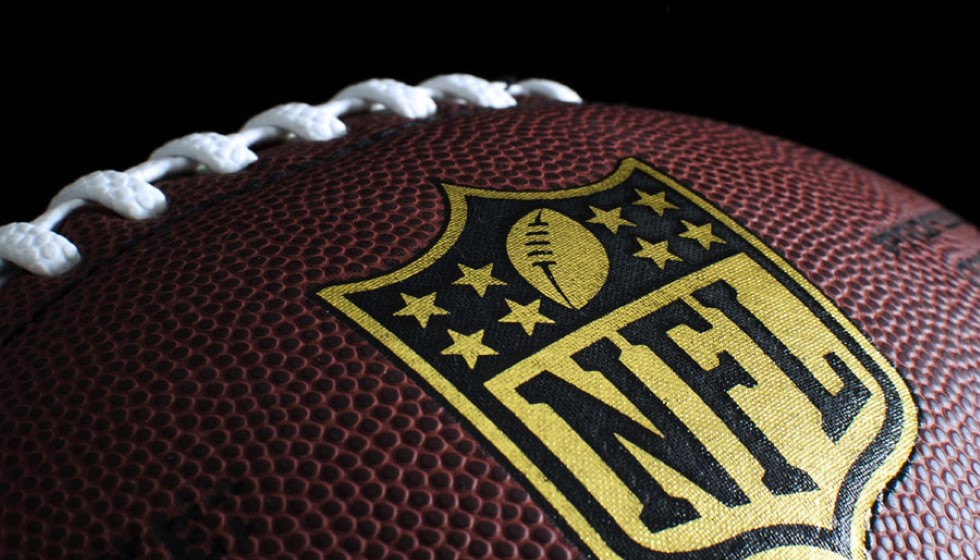
A Move Toward Safer Play: The NFL Bans the Hip-Drop Tackle
In an effort to enhance player safety, the National Football League (NFL) has officially prohibited the use of the hip-drop tackle. This resolution has been met with widespread approval from both players and fans alike, signaling a significant shift in the game's approach to player welfare.
Understanding the Ban
The hip-drop tackle, which has been a contentious point within the NFL community, involves a defender bringing down a ball carrier by dropping his hip beneath them, often leading to awkward and dangerous falls for the tackled player. The league's decision comes in the wake of several high-profile injuries attributed to this tackling technique, including that of Baltimore Ravens tight end Mark Andrews.
Andrews suffered a fractured fibula and ligament damage as a result of a hip-drop tackle, an injury that greatly impacted his season. Despite this setback, Andrews made a noteworthy return to participate in the AFC Championship Game, showcasing his determination and resilience. The NFL owners cast their votes on March 25 to eliminate the hip-drop tackle from the game, introducing a 15-yard penalty for any player who executes this maneuver during play.
Enforcement and Player Reactions
Troy Vincent, an executive within the NFL, underscored the league's commitment to enforcing this new rule effectively. This move underscores a concerted effort to prioritize the health and safety of players, amidst growing concerns over the long-term impact of injuries sustained on the field.
Mark Andrews, speaking from personal experience, expressed his support for the ban, acknowledging the importance of adapting defensive strategies to prioritize safety. "Taking that tackle out of the game is not a bad thing. I think defenses can find a way to get around that,” Andrews remarked, highlighting a positive outlook on the rule change.
Despite the physical challenges posed by his injury, Andrews shared his journey towards recovery with optimism. "Obviously, I wasn't full 100 percent in that game, but I worked really hard to get to that point. It set me up for a really good offseason to work hard. I've been running a ton of routes with my family working out, and I feel really good right now. I feel fast and explosive," he divulged, suggesting a strong comeback for the following season.
A Step Forward
Andrews' tenacity and dedication were evident in the previous season, as he led the Ravens with six touchdown catches. His performance, characterized by three Pro Bowl honors, underscores the significant loss a player of his caliber represents when sidelined by preventable injuries.
The league's decision to ban the hip-drop tackle can be seen as a proactive step towards ensuring a safer playing environment. This policy not only aims to protect the players but to sustain the game's integrity and the well-being of its participants.
As the NFL continues to navigate the challenges of balancing the sport's inherent physicality with the necessity for player safety, measures such as the hip-drop tackle ban represent pivotal points of progress. By adapting rules and implementing strategies aimed at reducing injuries, the league aspires to foster an environment where athletic excellence can thrive, unmarred by preventable harm.
The ban on hip-drop tackles marks a significant moment in the NFL's ongoing commitment to player safety. As the league, players, and fans adjust to this new regulation, the collective hope is for a future where the game remains just as exhilarating, but safer for everyone involved.